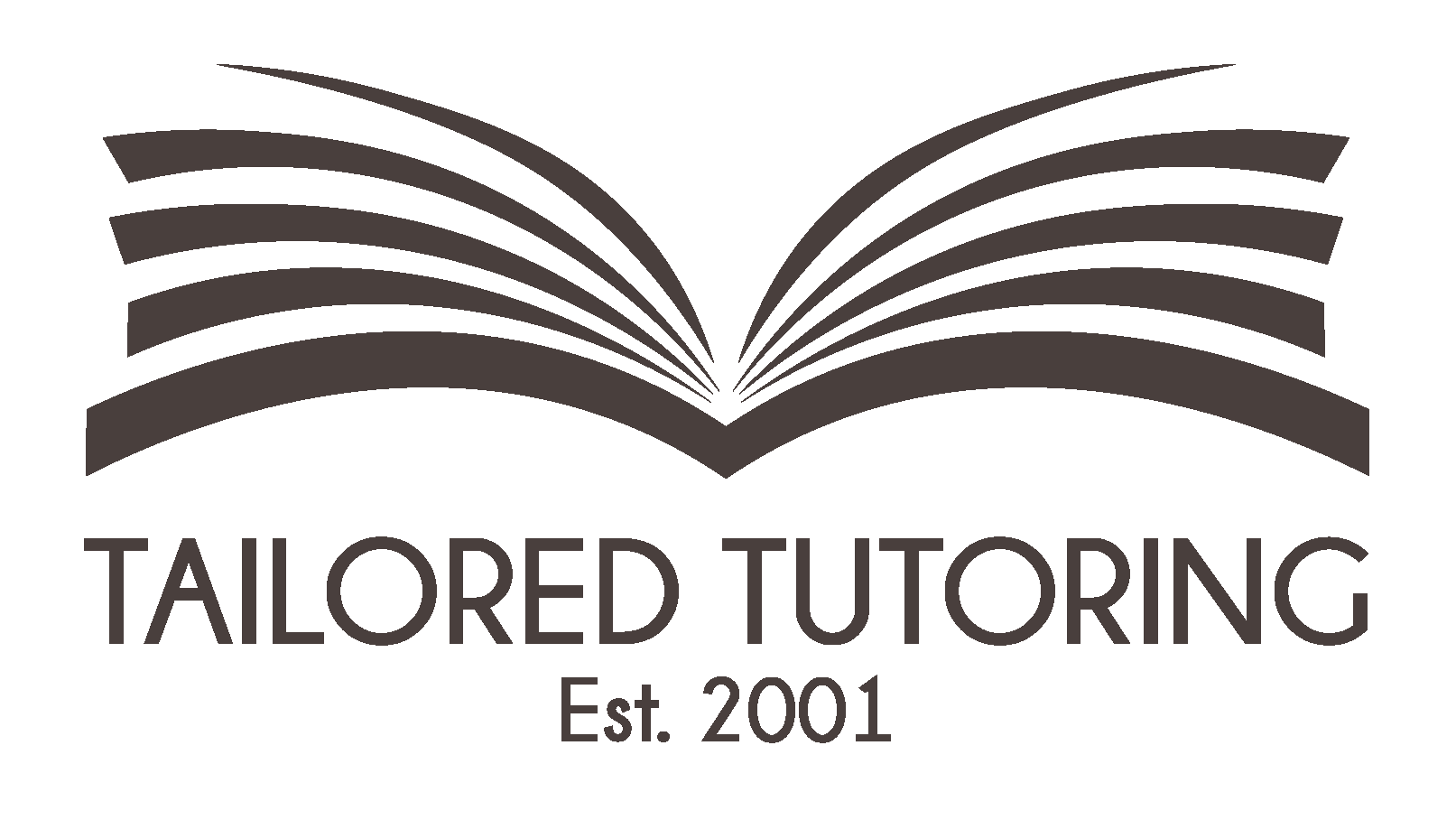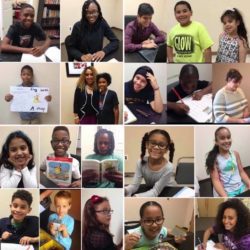In many ways, our American culture likes to put people in boxes. We like to make categories so people, in all their complexity, can be more easy to understand. In many ways, these categories can be positive. They help us find communities with people who have similar experiences and beliefs. However, labels and boxes also have a long history of being used to oppress and limit people. “You can’t do that because you’re a girl,” or “[Insert identity here] people don’t do things like that.”
It’s human to forget that everyone is just as complex and multifaceted as we are. In a world that favors able-bodied people, some people who are frequently marginalized and tokenized are people with disabilities. People-first language strives to highlight that people are not solely their diagnoses. The linguistic decision to put someone’s personhood before their diagnosis attempts to combat the decades of discrimination people with disabilities have faced. Instead of “blind people” or “disabled,” person-first language advocates for “people who are blind” and “people with disabilities.” Categories and boxes frequently do not represent the full diversity of our humanity and in any way we can, we should strive to make the world a more accessible and welcoming place for all.
By The Tailored Tutoring LLC Writing Team

